Integrity (Grades K-5)

Character Education Objective:
- Students will discuss the impact of integrity in decision making and consistency of their beliefs and actions.
Content Objective:
- Students will create a way to check decisions against their defined values.
Language Objective:
- Students will share out ideas about how they make decisions when the stakes are high.
Purpose:
Students are constantly confronted with decisions throughout the day. Some will have little to no impact in their life, but others will drastically change the course of their world. There is no real way to tell which decision will matter, so it is important to confront each decision with a plan of action. When it is easier to follow and take the path of least resistance it takes moral courage to do the right thing. But how do students know what the right things is? Once students define their values, it is easier to check decisions against them to determine what the right thing to do is. This lesson will help students with a quick list of things to think about to make sure there is integrity in the decisions they make.
Lesson
- Watch “Making Tough Choices with Kid President” (7 mins)
- As a large group, use the following discussion prompts: What are impulsive choices?What happens when you don’t do anything when a decision needs to be made? How does following others change how you make decisions?What does it mean to be someone others want to follow? (5 mins)
- The Kid President shares a way to check your decisions against your beliefs. Instruct the students to get with a partner (this can also be done in a small group lead by an instructor). Ask them to talk with their partner about the following questions:
- What do I care about in my family, school and community?
- What is important to me?
- How do I want others to treat me and my friends/family?
- How do people act in the kind of world where I want to live? Now read the students the following scenario: You are doing a graded assessment in class when you notice your friend peaking over at your paper. You know that your friend has had a hard time understanding the subject and you have been helping her study. You want her to do well, but she is cheating off of your paper. What do you do? Ask the students to discuss the following questions about the scenario with their partner: What would happen if you told the teacher your friend was cheating? What would happen if you did not? Which decision is easier? Which choice would help make the world more like the one where you want to live? What would your choice be? Why? (10 mins)
- Ask students to share out how they made their decision (5 min)
Conclusion: Sometimes the decision making process is quick and we don’t always have time to make a long, drawn out decision. Quickly checking your decision based on how they fall in line with your beliefs is a helpful tool. You need to take a quick second to think “Is this helping create the kind of world where I want to live?” This will help guide your decision making when it matters the most. (3 min)
Family Connection
Encourage families to watch “Making Tough Choices with Kid President” https://www.youtube.com/watch?v=gdsCUExLE-Y
Give the following prompts to discuss as a family:
- What are the values in our home?
- What is the type of world our family wants to live in?
- What happens when our decisions help build that world? What happens when they do not?
- How can our family make sure our decisions and values match?




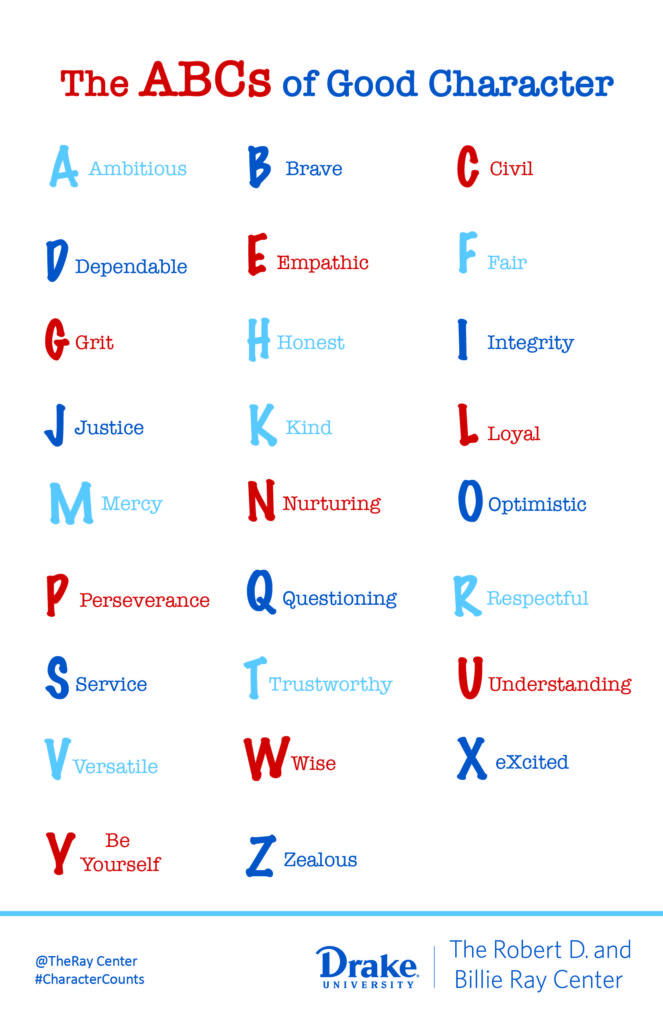

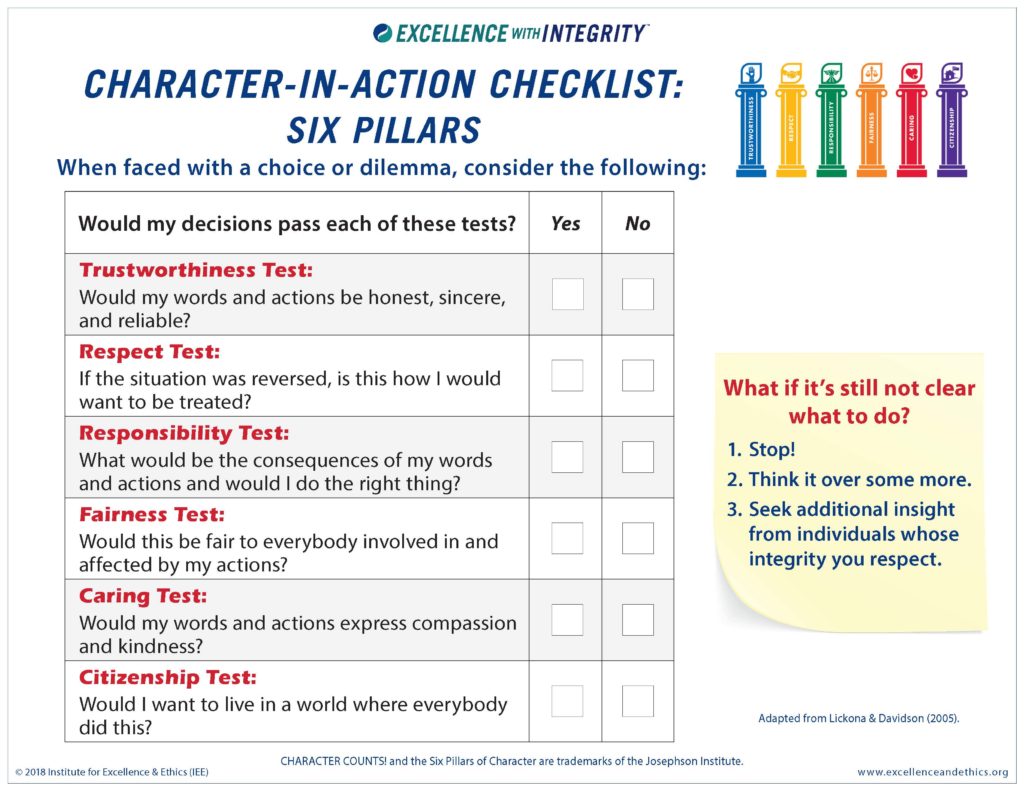

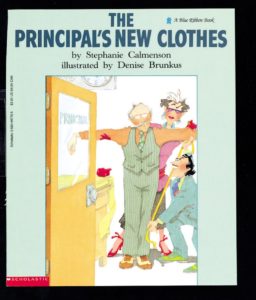
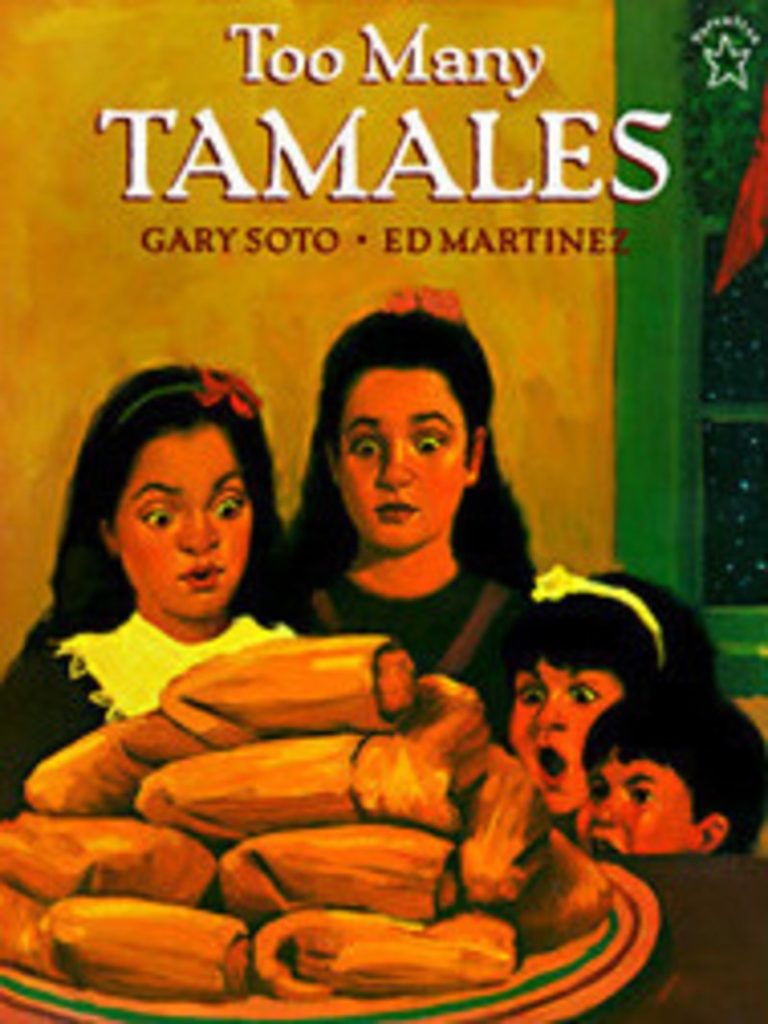
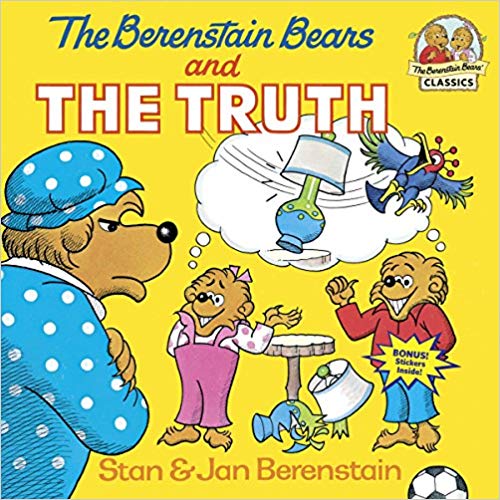
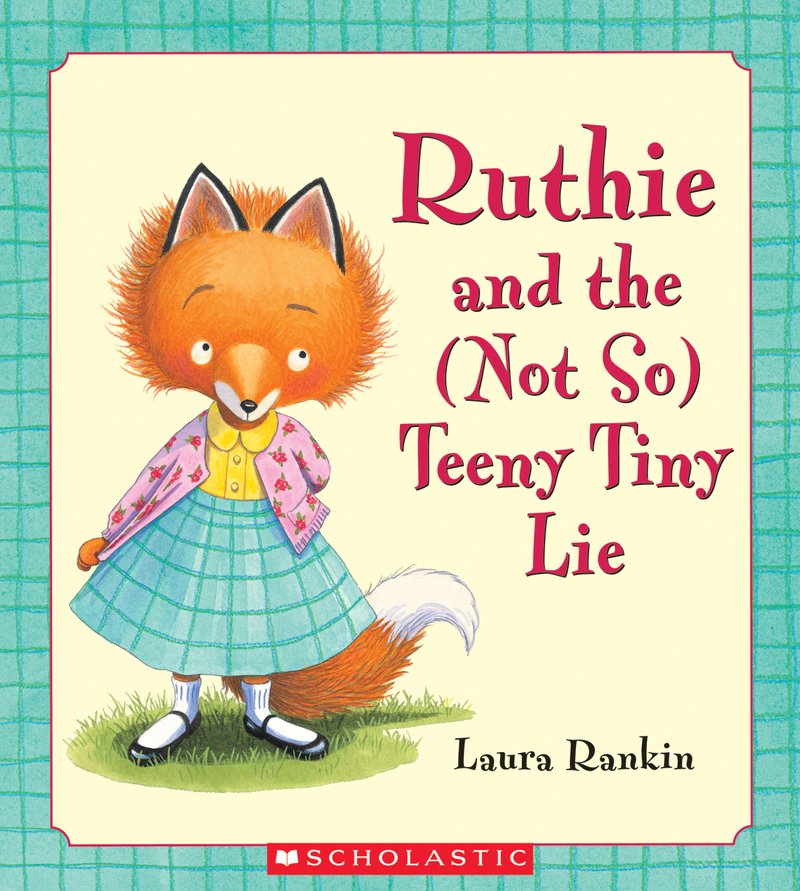


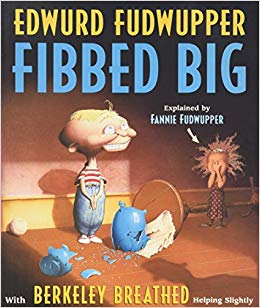
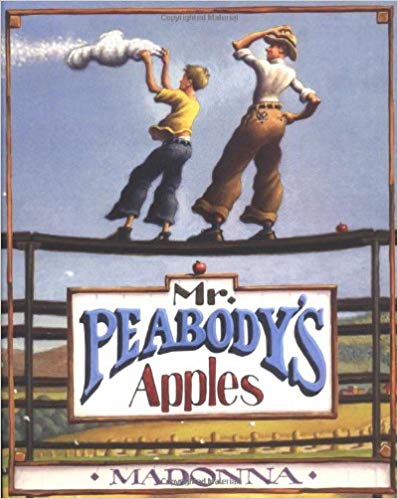


 Frank Sonnenberg is an award-winning author. He has written seven books and over 300 articles. Frank was recently named one of “America’s Top 100 Thought Leaders” and one of “America’s Most Influential Small Business Experts.” Frank has served on several boards and has consulted to some of the largest and most respected companies in the world.
Frank Sonnenberg is an award-winning author. He has written seven books and over 300 articles. Frank was recently named one of “America’s Top 100 Thought Leaders” and one of “America’s Most Influential Small Business Experts.” Frank has served on several boards and has consulted to some of the largest and most respected companies in the world.